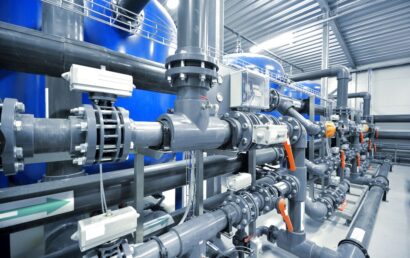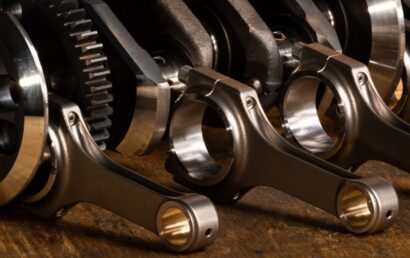How We Keep Our Thermal Spray Workplace Safe
A&A Coatings has been around for more than seven decades. We are the go-to shop for stellar thermal spraying solutions as we can tailor high performance thermal spray coatings according to your specific requirements. Our success is not only built upon our diverse capabilities, which include plasma spraying, spray and fuse hardfacing, metalizing and HVOF, but our ability to maintain absolute thermal spray safety in our workplace. Find out the common risks that are associated with operating a thermal spray workplace and how we mitigate those risks.
Understanding the Risks that Can Compromise Thermal Spray Workplace Safety
As there are a myriad of thermal spray processes, our technicians work in an environment that is susceptible to different risk factors. Here are some of the prominent risks that surround our work:
- Industrial gases
Oxygen, kerosene, hydrogen, helium and argon are some of the gases used in thermal spray processes. Each of these gases poses a different risk. From increasing the risk of combustion to being corrosive to being flammable, these gases can also increase the toxicity in and around the immediate workplace.
- Compressed air
Unregulated compressed air poses a variety of risks, including danger to a person’s eye or skin and even hearing loss from excessive noise levels. That’s why A&A Coatings keep all of its thermal spraying equipment in a stellar condition. We also ensure that there are no damages that can lead to explosions.
- Dust and fumes
Dust and fumes are common byproducts of thermal spraying processes, and can be created by molten metals that have been atomized. With prolonged exposure, it can pose significant safety and health hazards. Fumes and dust can also cause a range of negative reactions by forming a potential combustion risk or when someone inhales them.
- UV light
Thermal spray systems can produce ultraviolet light, which is also known as non-ionizing radiation. Plasma systems are known to operate at high intensity in the UV-C region while flame spray processes can produce radiation that resides in the erythemal or UV-B region. Prolonged exposure to such radiation may cause flash burns (damage to the eyes), altered skin cell growth and skin burns.
How We Practice Thermal Spray Safety
At A&A Coatings, we recognize the various associated with thermal spray processes. That’s why we adhere to the regulations set by the Occupational Safety & Health Administration to keep our workplaces safe. Our team of highly trained thermal spraying specialists and operators understand the risks and know the importance of following safety procedures so that we can mitigate the risks. Below is a quick look at how we ensure workplace safety while using thermal spraying equipment:
- Mitigating the risks of industrial gases
We conduct regular air sampling to determine our workers’ potential exposure to airborne contaminants. We will make sure that the gases that are created from our thermal metal spraying and practices to exceed the Permissible Exposure Limits.
- Mitigating the risks of compressed air
We conduct regular inspections on our compressed air equipment and follow the best industry practices for use. This helps ensure both safety and efficiency while getting work done.
- Mitigating the risks of dust and fumes
We have installed the most advanced fumes and dust collection system and used quality HEPA filters. In addition, our operators go for regular medical screenings and wear properly-fitted respirators.
- Mitigating the risks of UV light
All our operators use appropriate protection for their eyes and skin while working in the vicinity of thermal spraying. Their work clothing is tightly woven and is complete with coveralls and gloves. What’s more, we have installed tinted screens and welding curtains to reduce exposure to workers.
As you can see, we take workplace safety very seriously and make sure that our technicians and workers can work in a safe environment when performing thermal spray processes.


